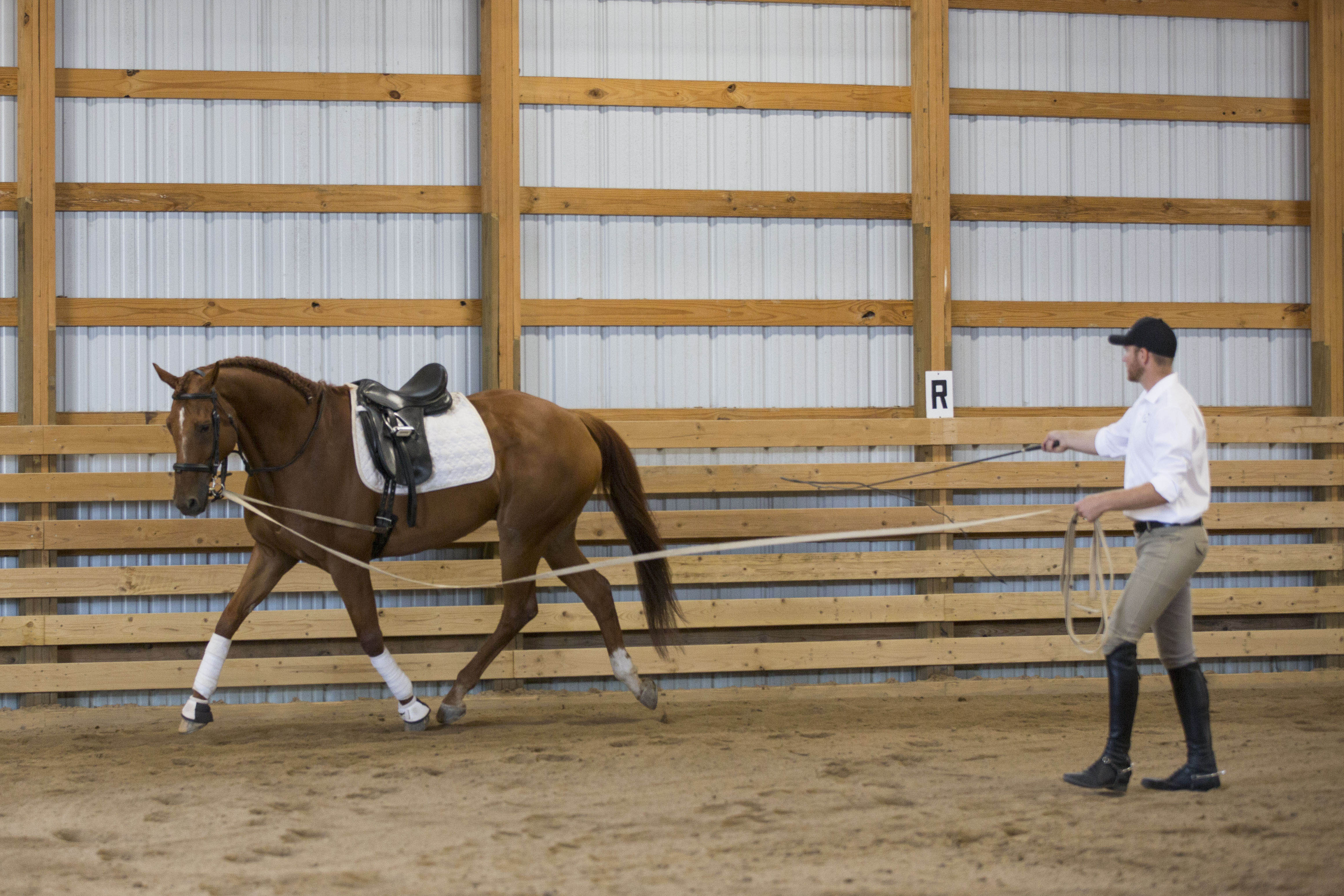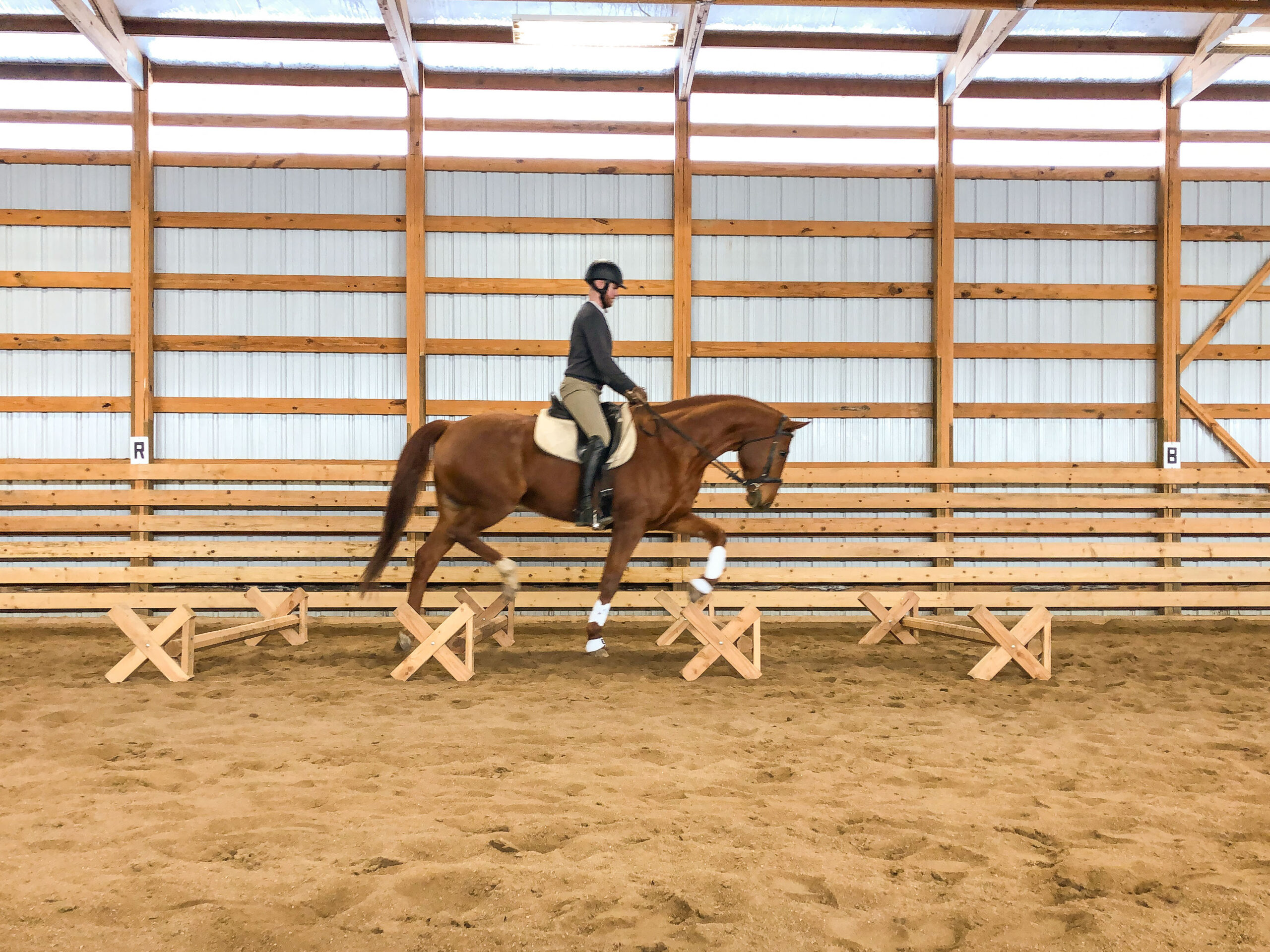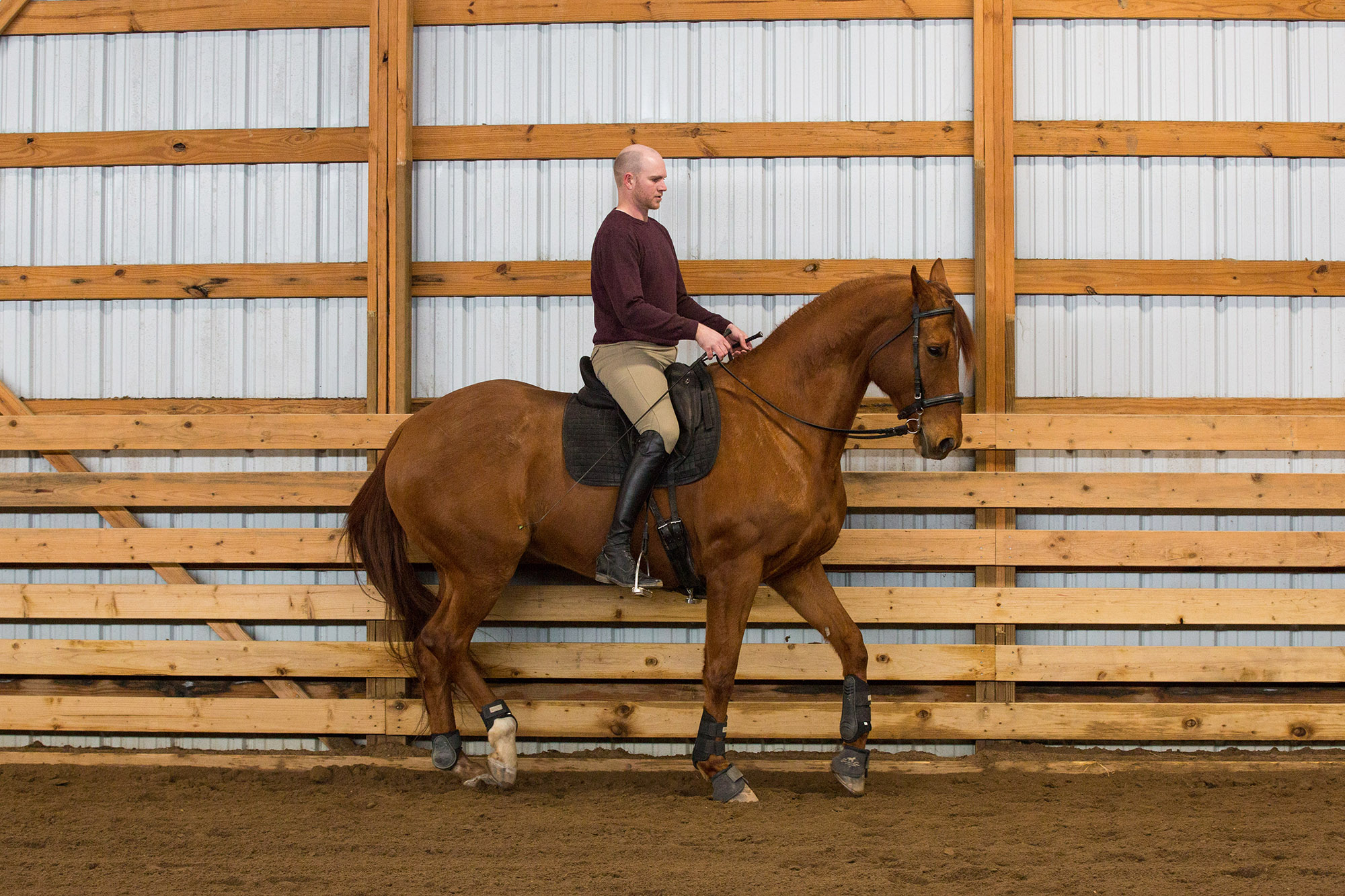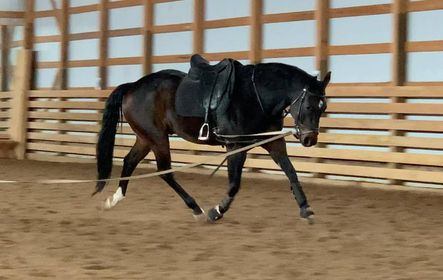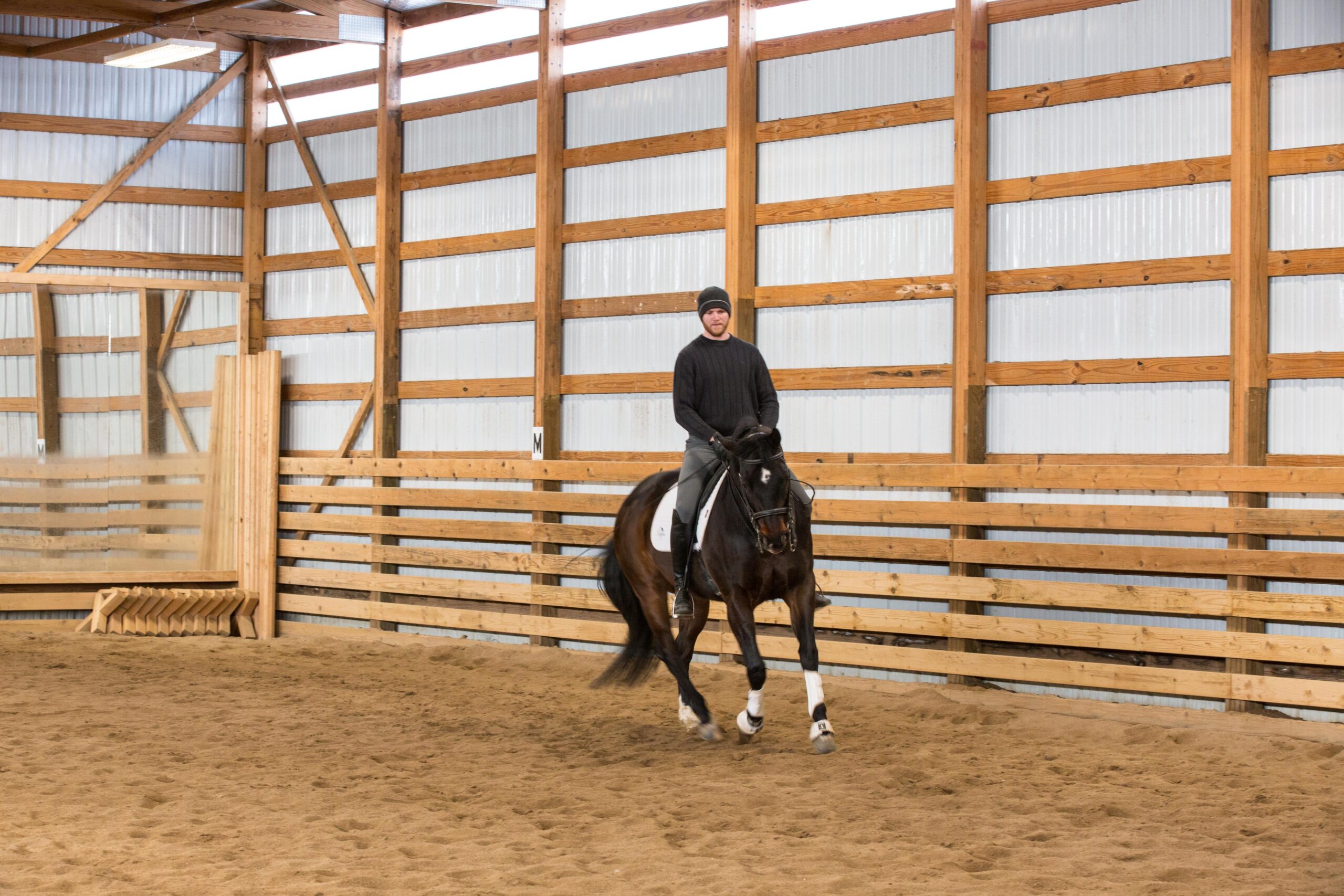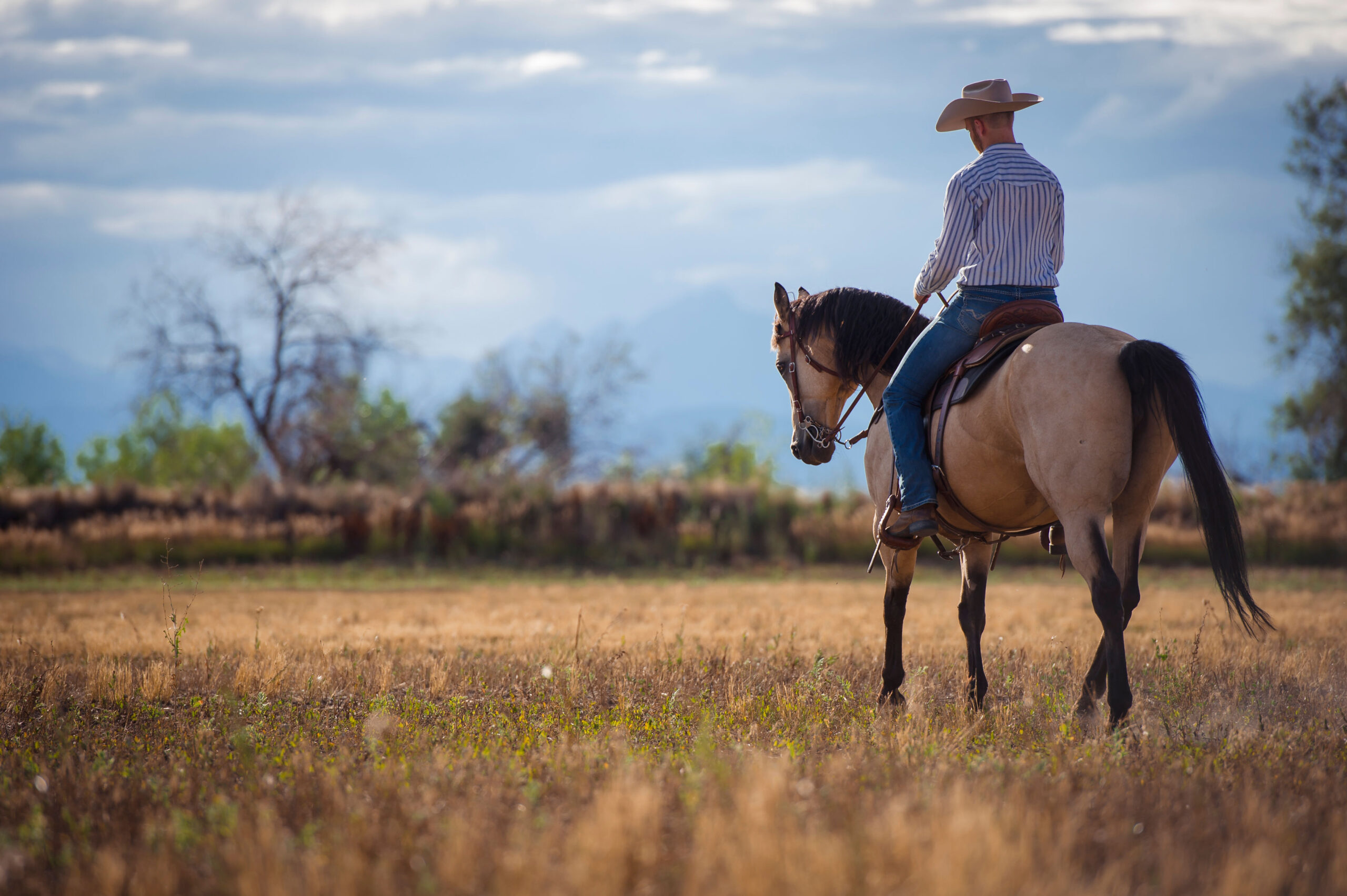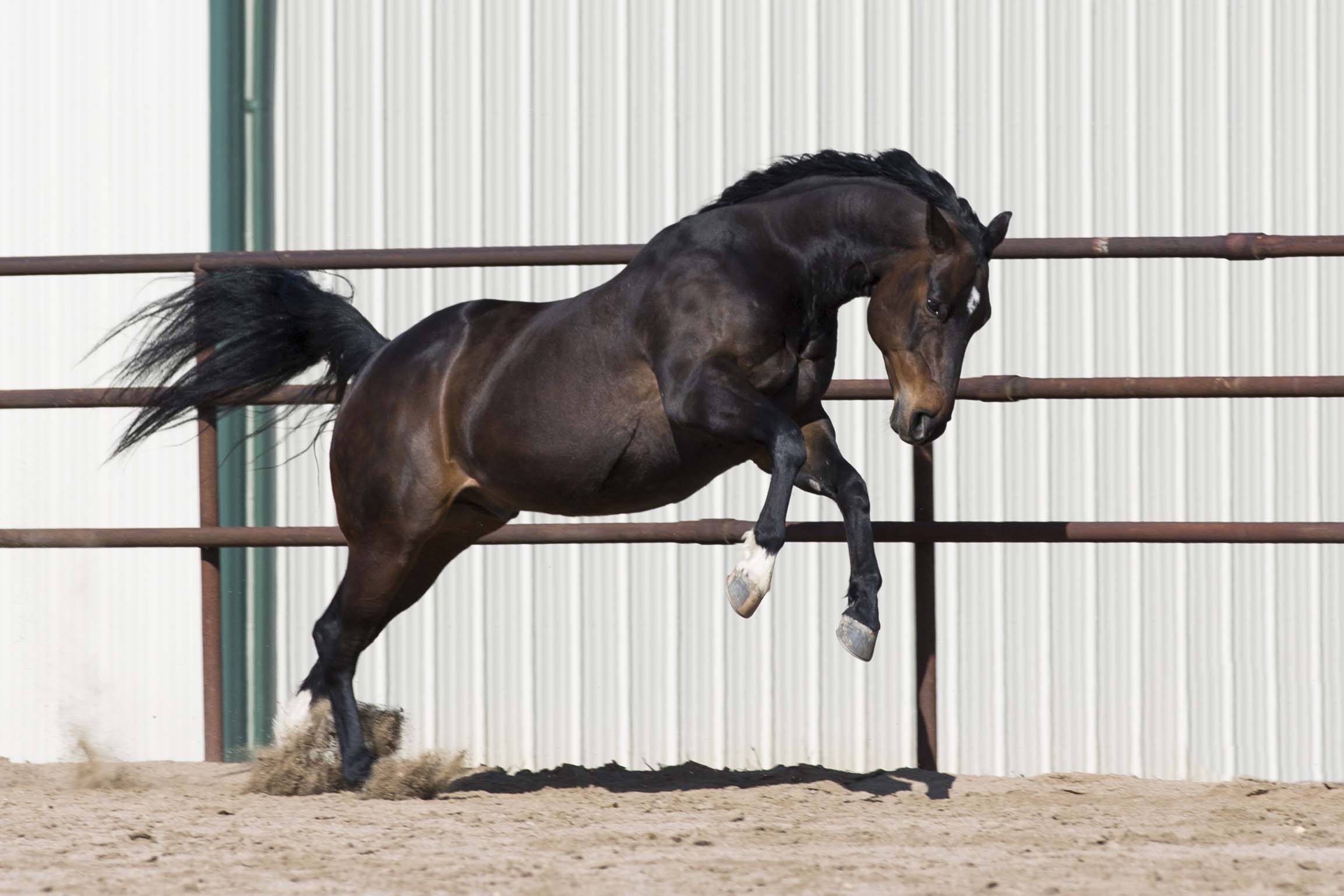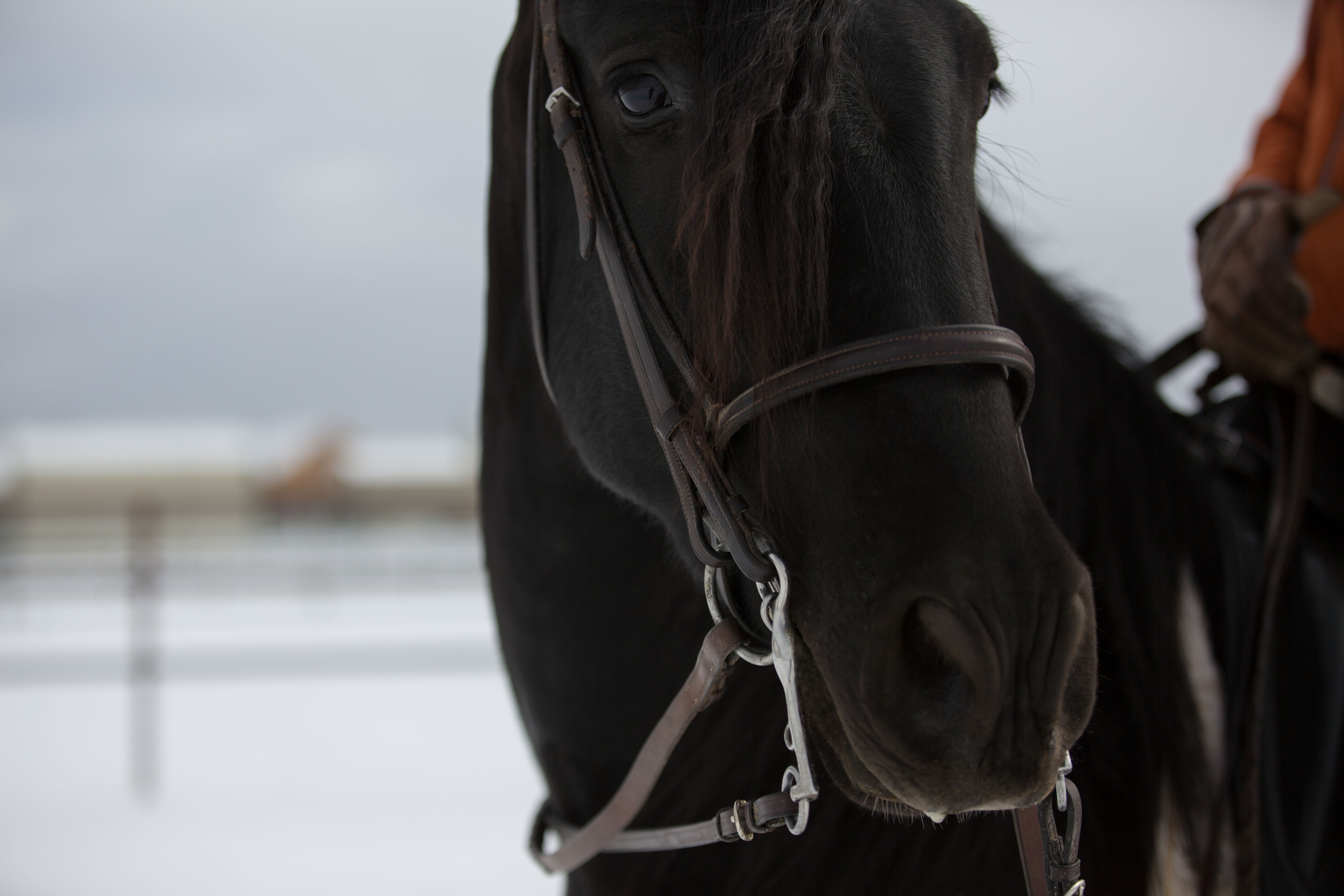We have all been there. You’re at a gathering, and you are with a group of friends. There is one person who just keeps talking and talking. You cannot get a word in edgewise. Do you do this to your horse? Talk and talk and direct and give him no room to communicate back?
Â
Your horse has things to say. Perhaps he does not tell you in words, but if you are “listening,†he does have something to say. Our horses are happy to partner with us and work side by side if there is an open door of communication.
Â
I am going to back up a few weeks. I was riding in a clinic with my husband, Cody Harrison, who is a wonderful man and teacher. Anyhow, I got my horse, Louie, out of his stall to start getting him ready for the clinic. He was being weird, a little spooky, and he jerked when I touched his pole on the left side. I thought about saddling Bell instead but, I wrote it off. It is a joke around my barn that I ride a man-mare. Meaning my gelding acts more like a mare than a gelding. So, I just figured he was being grouchy as usual, but my gut was telling me maybe I really should ride Bell. Anyhow, what I wanted to do got the best of me. I had the worst ride I’d ever had on him. He argued with me the entire clinic. It was horrible. I left the clinic frustrated with him and at myself.
Â
Fast forward a few days, and our friend Pam was out to do some bodywork on a few of our horses. Louie being on of them. Pam told me he was out in the pole. Oh man, do I feel like a jerk. Why didn’t I just trust my gut? He argued the whole time because he was uncomfortable, and I just figured he was being a man-mare. I clearly had some apologizing to do. I told Louie that I was so very sorry for not listening to him and that I would be better.
Â
Fast forward to the present day. I have had several beautiful rides on Louie over multiple days in a row. Man, does that feel good!!! Finally getting some consistency.
Â
Louie is a wonderful guy. He has a big heart, is super athletic, and is very sensitive, but his window of acceptance is very small. If you do not have him exactly where he needs to be (the correct contact, and on the bit), he will argue with you like a teenager. That said, Louie arguing means one of two things, I do not have him where he needs to be, or he is uncomfortable. If I am sure I am asking nicely and correctly and he is still arguing it is the later of the two. This is just one example of why it is so important to know your horse and to listen to him and try to understand him, and also why it is so essential to work on yourself to be better at listening. That may mean meditating in your car to your favorite jams before entering the barn. Don’t carry your baggage with you. Leave it in your car. It’s hard to “hear†when the rest of life is yelling in your head.
Â
I love Louie and am so excited to continue to grow in partnership with him. There is so much more to be learned on our journey.
